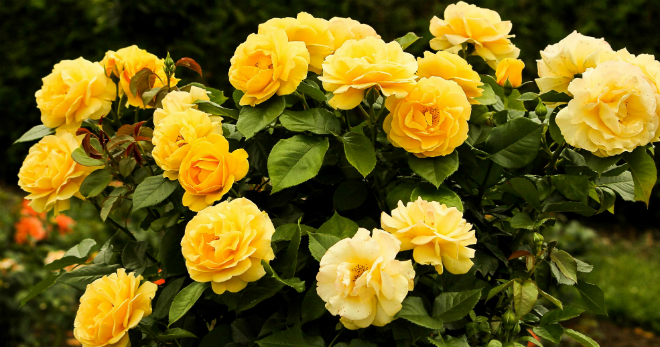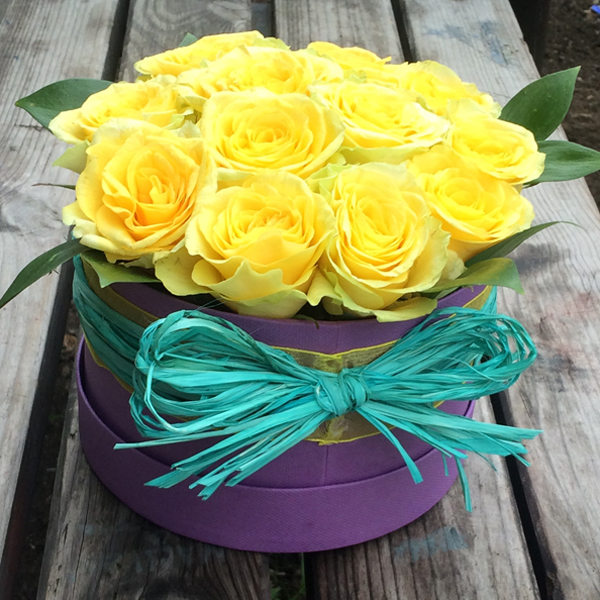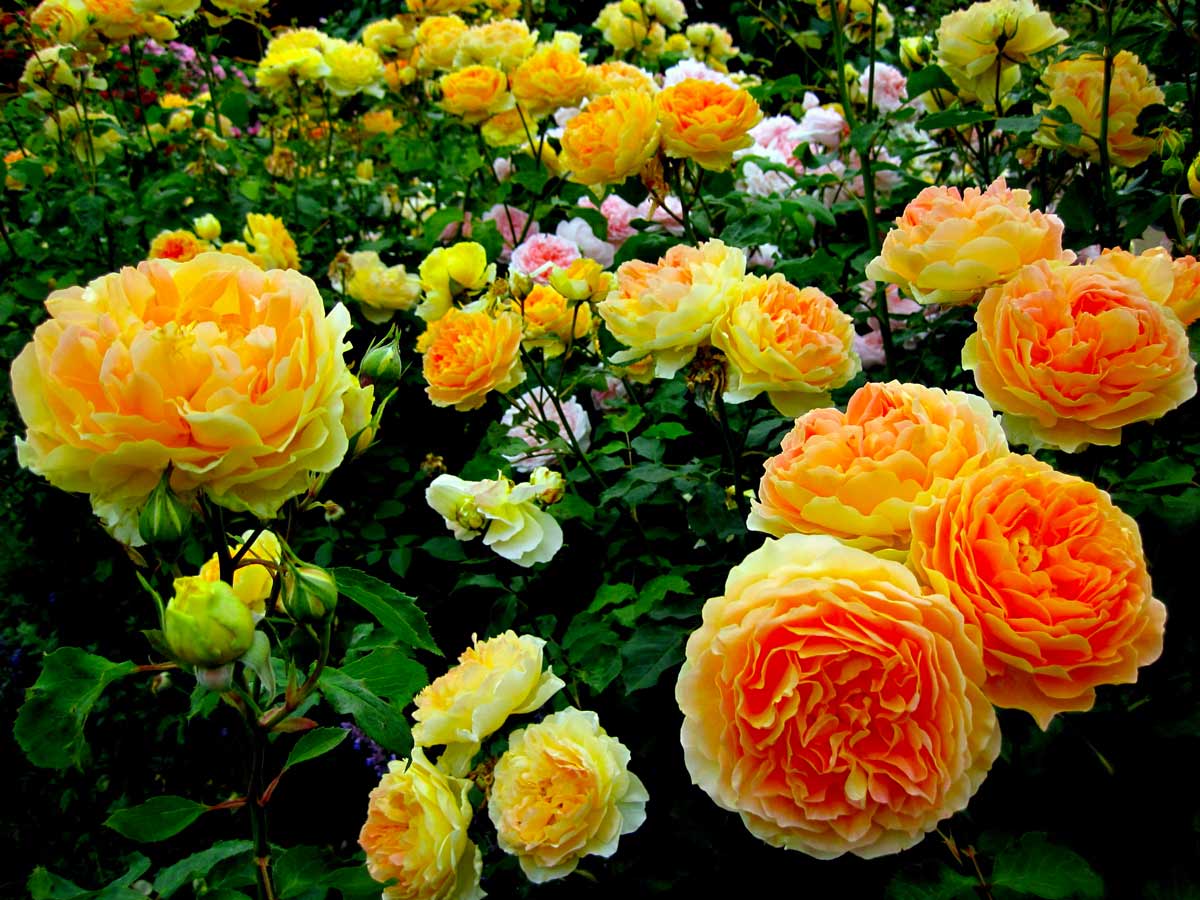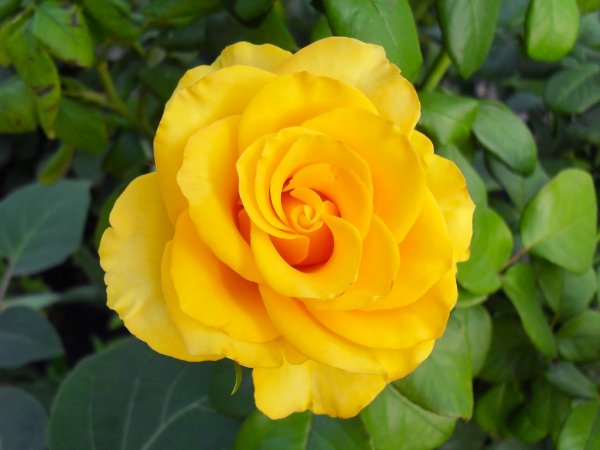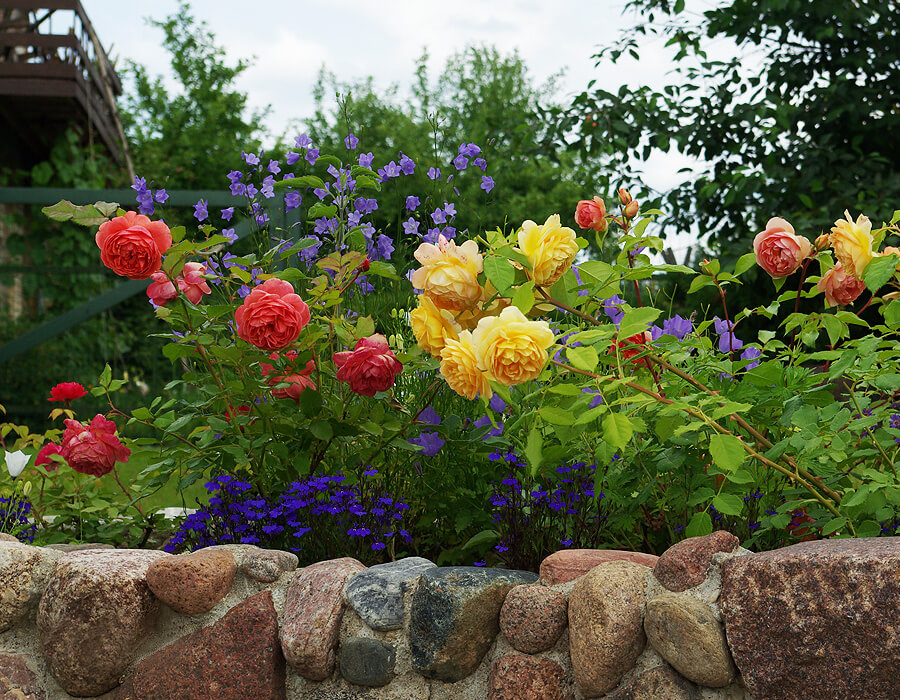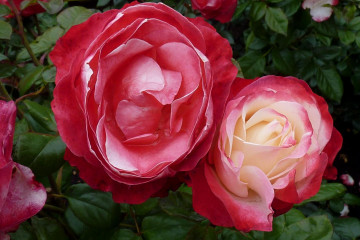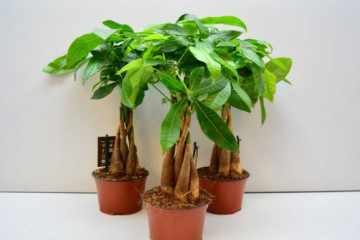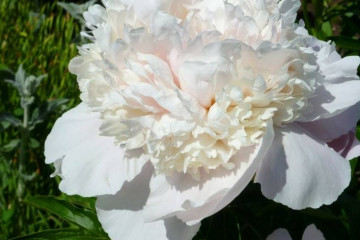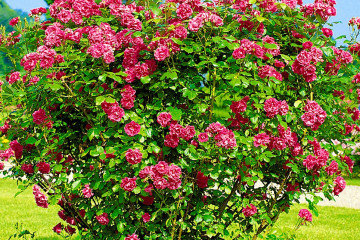Yellow roses - description of popular varieties
Content:
Yellow roses are one of the noblest and most delicate flowers, but not very popular. They are found in flower beds and plots infrequently, but in vain. In addition to the splendor of beauty and heady aromas, they are relatively unpretentious to care for, and even a beginner can easily grow them.
Yellow roses - their features, color meaning
Sunny roses cannot be called difficult to care for, but there are a number of nuances that explain why they are so rarely used by gardeners:
- All representatives of the plant have weak immunity, which makes them susceptible to various diseases. Bushes are especially often affected by black spot. Only recently bred varieties have higher disease resistance.
- Color change under the influence of the sun. Pink dots appear on the petals, which gradually increase in size and can completely recolor individual buds.
- Sensitivity to soil composition.
- Bushes with yellow buds are found in such varieties of roses as floribunda, polyanthus, climbing, miniature.
What does yellow roses mean? It is believed that this is a symbol of disappointment, betrayal, separation. But it is not so. According to the floral language, this shade symbolizes joy, wealth and harmony.
Why get yellow roses from a man
Misconceptions about plants have made them less popular to gift. Roses are more often used in general bouquets to dilute the flower arrangement. Girls believe that a man can give such roses only if parting awaits them. But initially, this sign of attention means love and affection.
You can present the buds of a sunny shade to women - colleagues or managers. This means that it will be activity and a positive attitude, congratulations on high achievements.
The most popular varieties of yellow roses, their description
There are many varieties of yellow roses. The buds can be either a pure shade or interspersed with reddish.
Pure yellow
Names and a brief description of the bushes of a pure color:
- Yellow island - double petals, with a golden tint. This is a hybrid variety.
- Uellov Fairy - the height of the bush is about 1.2 m. Semi-double amber petals.
- Kerio - bright yellow semi-double roses, bush height up to 1.5 m.
- Lemon Golden Glow - height about 2 m, golden color, semi-double petals.
- Limbo - delicately yellow petals, about 8 cm in diameter.
Yellow-red
Blotches of reddish shades in golden petals are a spectacular combination. Description of bushes with an unusual color combination:
- Crown Princess Margaret - height 1.8 m, double petals are colored orange-yellow, large, with a diameter of about 12 cm.
- William Maurice - an admixture of a light red hue makes the terry petals apricot, their diameter is about 10 cm.The height of the bush is up to 1.5 m.
- Marvel - bush reaches 2 m, terry inflorescences, combine a sunny and pale red color.
Sunny roses can be combined not only with red shades. Yellow-white roses look attractive and unusual, which embody the very tenderness and weightlessness.
Agricultural technology for growing yellow flowers
Each type of yellow rose has its own characteristics of cultivation and care. General rules and recommendations for agricultural technology:
- Choice of location - plants love illuminated areas, but sunlight should be diffused so that the petals do not burn out. The best places on the site are southeast and southwest.
- The soil is nutritious, with an acidity level not exceeding 6.5 pH.
- The temperature regime for each variety of roses is individual. Some require careful shelter for the winter, others are frost-resistant.
- Watering - bushes can tolerate drought for a long time. Despite this, they love abundant watering. On hot days, moisten the soil 3 to 4 times a week. During the cool period, watering is reduced to 1-2 times. After moistening, loosening is mandatory.
- Fertilizers - applied in the spring after sanitary pruning of the bush. It is recommended to use nutritional formulas with nitrogen content. 2 weeks after nitrogen fertilization, nitroammofoska is used. By the end of summer and before winter, phosphorus and potassium must be added to the ground.
- Pruning - Sanitary pruning is done in early spring to remove blackened shoots. Leaves and withered buds are removed in autumn.
- Reproduction is carried out by cuttings. Less commonly, the seed method is used, which does not always give the desired result.
Landing
To plant a bush, you will have to pay a lot of attention to it and observe a number of planting rules:
- Disembarkation time is autumn, mid-September - early November.
- When buying seedlings, the strongest specimens are selected, without signs of any diseases or damage.
- Drainage must be placed in the prepared hole. The earth should be nutritious, saturated with mineral elements.
- Roots and shoots are trimmed a little.
- The depth of the hole should be 10 - 12 cm more than the size of the root system.
- The graft is buried 3-4 cm in the ground.
- Place the seedling in the hole, tamp it a little.
Diseases and pests
Yellow bushes are prone to the following diseases:
- powdery mildew;
- rust;
- black spot;
- chlorosis - occurs when a number of chemical elements are lacking.
The cause of bush diseases is improper care of it. As a rule, this is excessive watering, stagnant moisture, or lack of sunlight.
Insects - caterpillars, ticks, sawfly beetles, spider mites. The treatment of the bushes with soapy water helps from them; in advanced cases, insecticides are used.
Application in landscape design
Gardeners use bushes with golden petals for various designs of arches, flower beds, rose gardens.
Climbing roses look great on arches, dwarf varieties adorn the foregrounds of flower beds and edging paths. Taller bushes are placed in the central part of the flower beds. It is recommended to combine roses with the following plants:
- lavender;
- delphinium;
- asters are blue;
- bells.
Recommendations for decorating flower beds:
- Plants in muted tones are planted next to the yellow bushes to create contrast.
- Tall conifers are placed on the other side of the flower bed so that they do not cast a shadow on the bushes.
- The most successful is the combination of a sunny color with plantings of blue, purple and light blue.
Why are yellow roses presented - these are not farewell tears as in the song "Freestyle", this is a sign of devotion and pure love. Despite the fact that golden roses are quite whimsical plants and require a lot of attention, their beauty and delicate aromas are worth all the effort.
